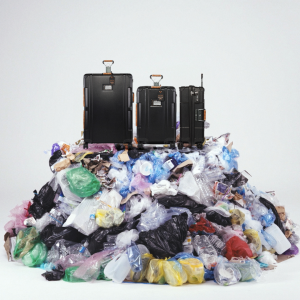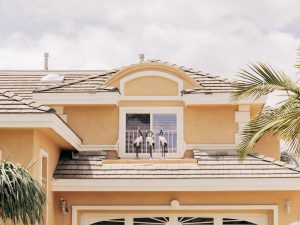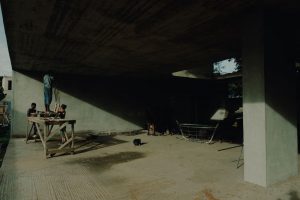Mishka Henner, the Belgian-born, UK-based artist, uses the tools of the internet age – chiefly Google Maps and Google Earth – to create highly detailed and aesthetic artworks. Turbines, his latest and unpublished series, tracks the unexpected upsurge of wind-powered turbines across America
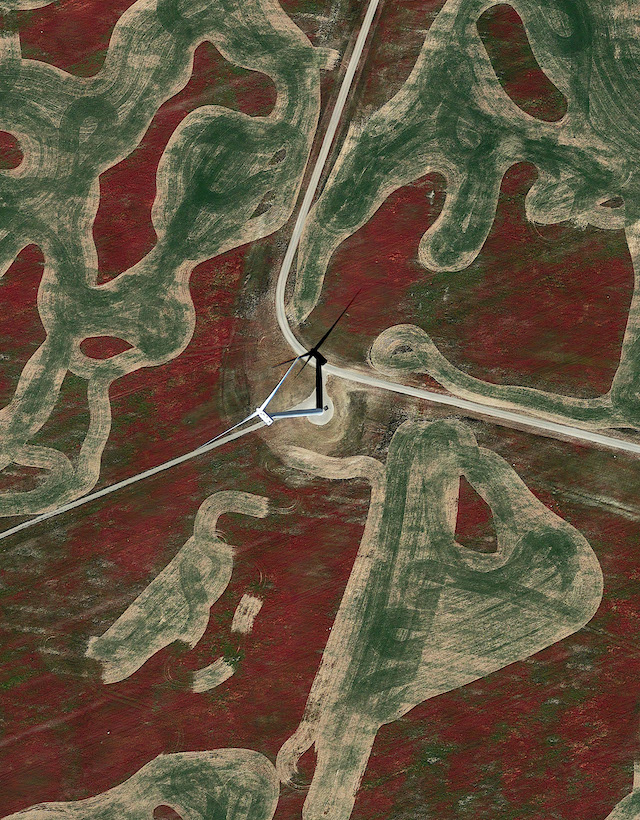
A few years ago, I produced a series on cattle feedlots across the USA using publicly available high-resolution satellite images. Initially I was searching for oil fields, but stumbled across these huge feeding facilities by accident. The resulting works were massive abstract images punctuated with the bold colours of toxic lagoons containing the animals’ waste. The series caused controversy in the US because in many states it was forbidden to photograph feedlots – the beef industry had lobbied lawmakers for years to stop people from photographing their facilities. I guess they didn’t want consumers to know where their meat came from. The irony was that imaging satellites had already captured the images and these were freely available on Google Earth. It was a kind of virtual loophole which I exploited unknowingly. After making this work, I thought, ‘I’ll never use Google Earth again. I’ve said everything I can say using this technology.’
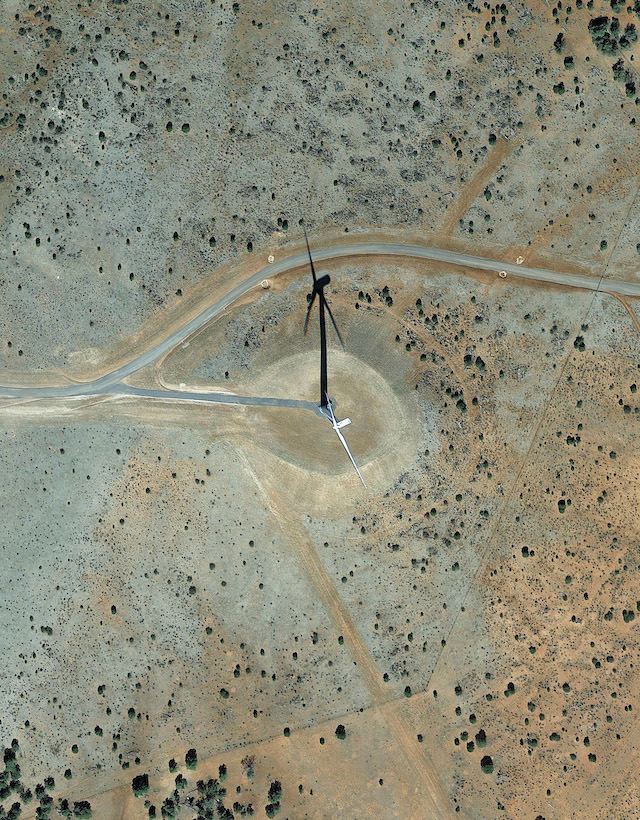
But five years later I revisited the fields out of curiosity and noticed something different. Thousands of wind farms had sprouted across the American landscape that weren’t there before. I’ve always been fascinated by how power and the energy industry manifest themselves in the landscape. Turbines are strikingly beautiful feats of engineering and what they do is beautiful too: harnessing this constant and invisible earthly resource. They seemed to be a very human response to climate change and a clear reflection of our civilisation’s attempts to find a better, more sustainable way of producing energy.
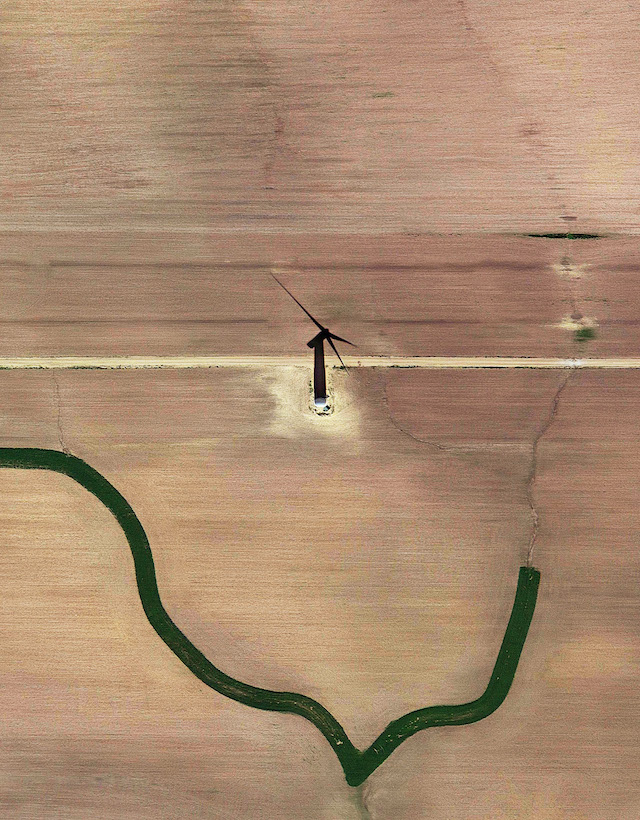
The series is quite abstract, with landscapes full of texture and colour, but I like to think there’s a rhythm to these images too. I decided each picture would have just one turbine in the centre of the frame, and would hang adjacent to nearby turbines in the same arrangement as in the physical landscape. How they’re arranged on the wall is therefore a reflection of how the winds blow.
In my thirties, I had a revelation that the screen was just another canvas and everything that appeared on it could be material with which to make art. With everything being photographed and filmed 24/7, and with tools like Google Earth and Street View at our disposal, the world is an image of infinite detail.
As told to Will Higginbotham

This article is taken from issue 27. To buy the issue or subscribe, click here
